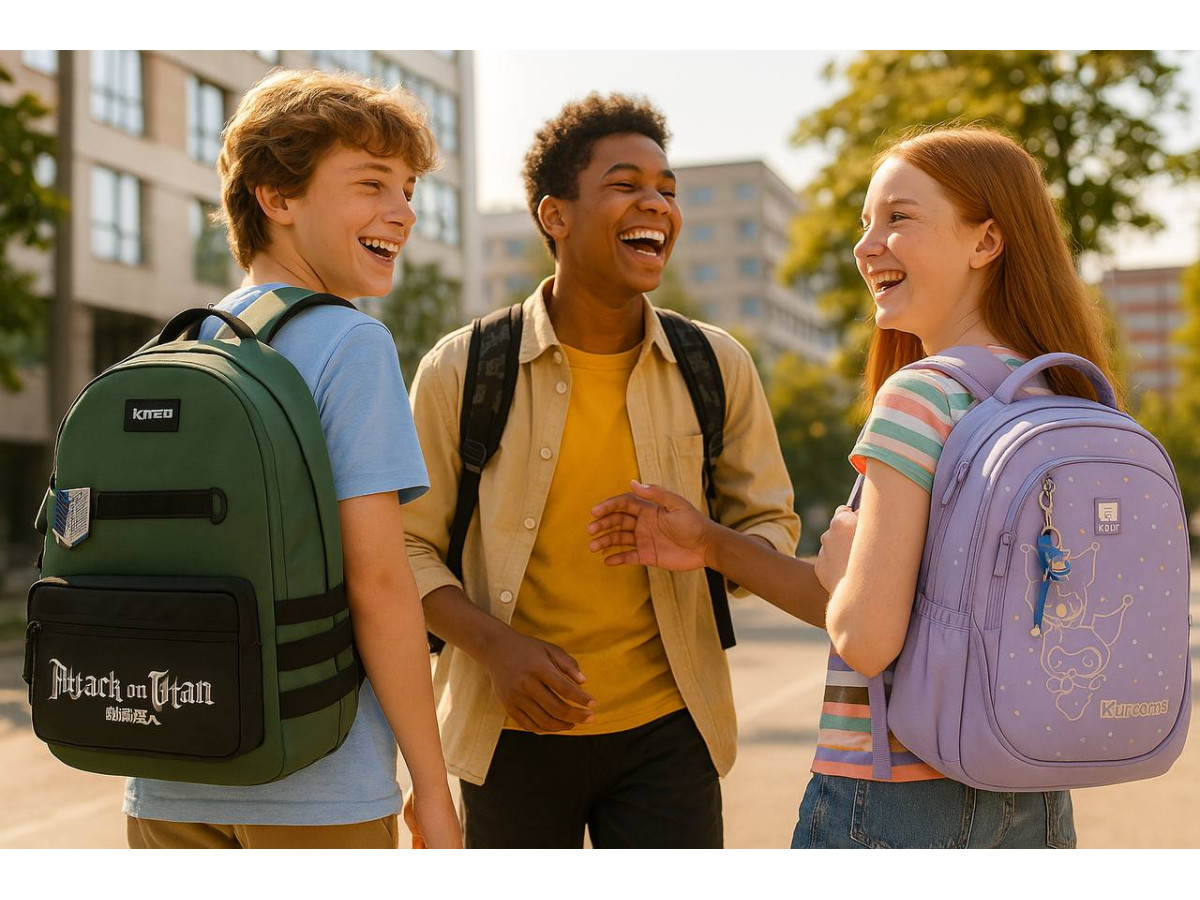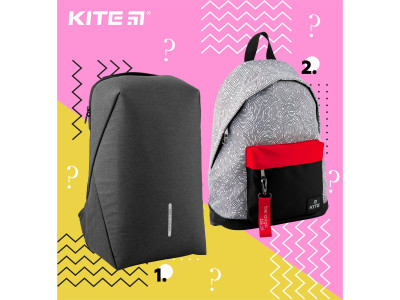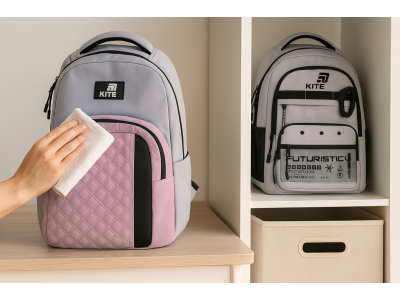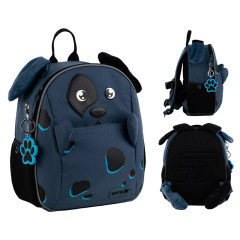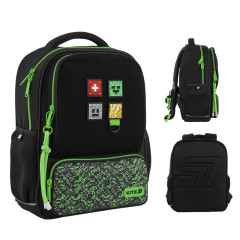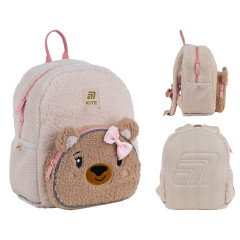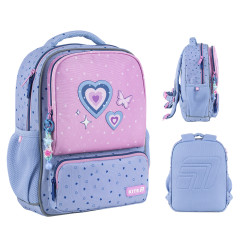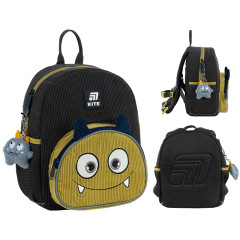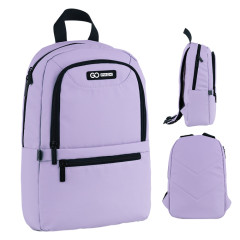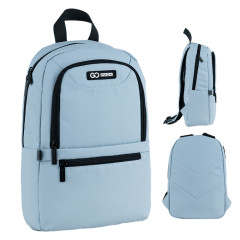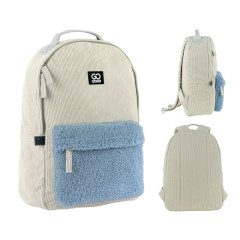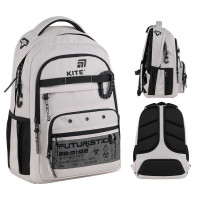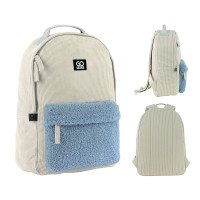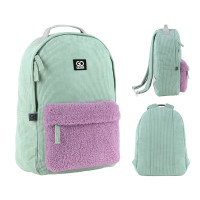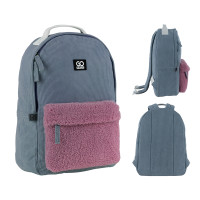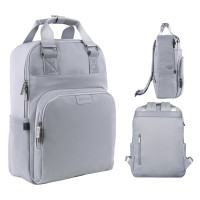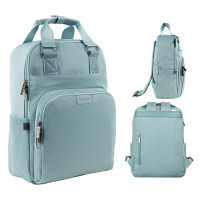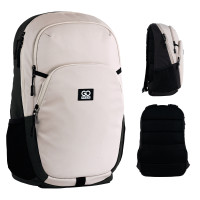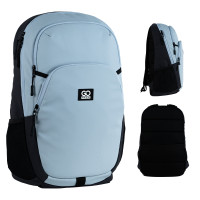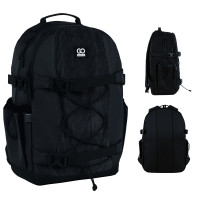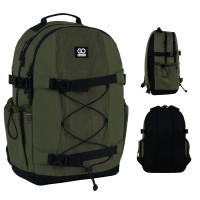Best Backpack Size for High School Students – Fit & Capacity Guide
The right backpack size can make a huge difference in comfort, posture, and daily convenience for high school students. Whether your teen needs space for books, a laptop, or sports gear, choosing the right capacity is essential. In this guide, we’ll help you match height, grade level, and storage needs to the perfect backpack size, with tips tailored for teens in Canada and the USA.
Why Backpack Size Matters
The wrong backpack doesn’t just look awkward — it can actually cause back and neck strain. According to health experts, a backpack should weigh no more than 10–15% of a student's body weight. That means choosing the right size is about more than capacity — it’s about health, posture, and comfort.
What size backpack is best for high school?
For most teens, a 20–30 L backpack fits daily books, binders, lunch, and a laptop without being bulky. Use the size guide below to choose the best fit.
| Student profile | Typical height | Backpack height | Recommended capacity | Notes |
|---|---|---|---|---|
| Grade 9–10, lean carry | 155–170 cm (5'1"–5'7") | 42–46 cm (16.5"–18") | 20–24 L | Books, light sports gear, small laptop/tablet |
| Grade 10–12, daily laptop | 165–180 cm (5'5"–5'11") | 45–48 cm (18"–19") | 24–28 L | 15.6" laptop sleeve, binders, lunch, water bottle |
| Heavy schedule or sports | 175–190 cm (5'9"–6'3") | 46–50 cm (18"–19.5") | 28–32 L | Extra gym gear or lab equipment; consider chest strap |
See our curated selection of High School Backpacks with padded straps, orthopedic back panels, and water-resistant fabrics for Canadian & U.S. schools.
Ideal Backpack Volume for High School Students
In general, the ideal backpack size for high school falls between 20 to 30 liters. This range provides enough space for daily essentials — textbooks, notebooks, a laptop, lunchbox, and sometimes gym clothes or after-school activity gear. Here's a breakdown:
- 20–24L: Light school days with mostly digital materials
- 25–28L: Ideal daily use for most high schoolers
- 29–30L+: Students in sports or heavy academic tracks (STEM/art/music)
Fitting the Backpack to the Student
Size is one part, fit is another. The backpack should rest just below the shoulders and sit at or slightly above the waist. If it drops lower than the tailbone, it’s too big. Adjustable padded shoulder straps, a padded back, and ideally a chest strap help balance the load across the body.
What High School Students Actually Carry
Let’s face it: high school students carry a lot. A typical day could include a laptop, several books, a pencil case, lunch, gym shoes, and maybe a hoodie. The ideal backpack needs smart compartments and a layout that makes everything accessible without turning the bag into a black hole.
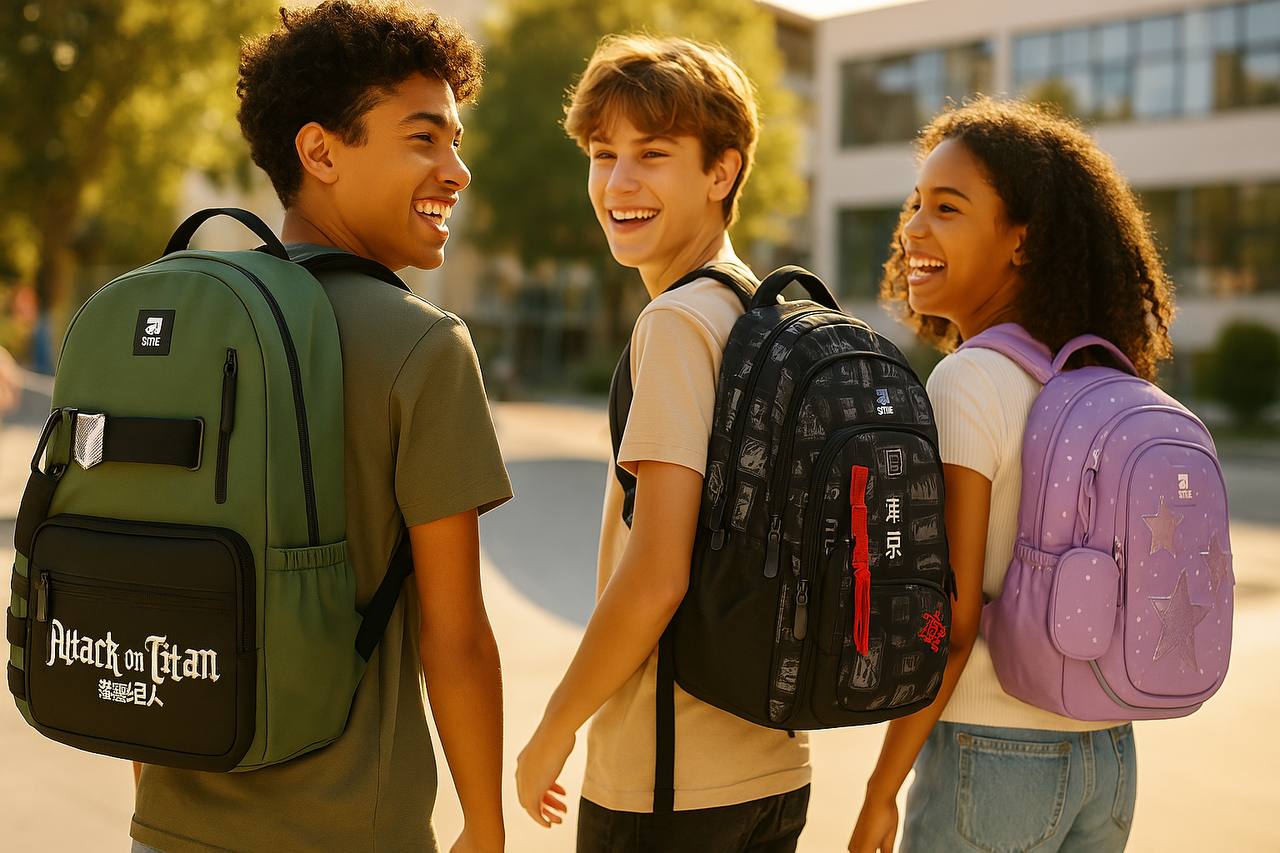
Whether they're headed to science lab, gym class, or just hanging with friends after school, students need a bag that works as hard as they do. Functionality meets personality in the right backpack — and a good fit keeps them moving comfortably all day.
Backpack Features That Matter (Beyond Size)
- Padded laptop sleeve: Keeps devices safe from knocks and spills
- Water bottle pocket: Must-have for hydration on the go
- Dividers & compartments: Prevent clutter and damage
- Reinforced bottom: Helps protect contents when the bag is dropped or dragged
- Reflective elements: Great for safety during early morning or after-school commutes
Common Backpack Mistakes to Avoid
- Buying based on style only — without considering fit
- Choosing oversized “weekend bags” for everyday school use
- Skipping padded straps — which leads to shoulder fatigue fast
- Forgetting to check weight distribution and compartments
We get it — teens want to express themselves. But you don’t have to choose between form and function. A good bag does both.
Size Guide by Height (Quick Reference)
Here’s a rough size guide to match backpack volume to student height:
- 150–160 cm: 20–24L backpack
- 160–170 cm: 25–28L backpack
- 170+ cm: Up to 30L, if needed
Always prioritize fit over volume. Bigger is not always better!
Our Top Picks for High School Students
- Urban Classic 25L: Great everyday choice with sleek lines and multiple compartments
- Kite K25-1022M-3: Ergonomic, organized, and customizable with badges
- Kite LP25-501S: Certified orthopedic design, perfect for smaller frames
Final Thoughts
Choosing the right backpack size for high school is all about balance — not just what fits, but what supports your student through their day. From classroom to lunch break to practice, the right bag keeps them organized, confident, and pain-free.
Don’t guess — measure, check capacity, and choose smart features. Your student’s back (and attitude) will thank you.
Ready to Find the Perfect Fit?
Explore our full range of ergonomic school backpacks designed for high school students. Stylish, practical, and backed by expert design.
Have a question? Drop it in the comments — or chat with our support team. We’re here to help you carry the school year in style.
High School Backpack Size – FAQ
What capacity works for most high school students?
20–30 L covers daily books, lunch, and a laptop. Choose the lower end for minimal loadouts, higher for busy schedules.
How should a backpack fit on the back?
The top should sit near the shoulders; the bottom should not fall more than a few inches below the waist. Tighten straps for even weight.
Do I need a chest strap or padded back panel?
They improve posture and comfort for heavy carries or long commutes. Look for padded straps, an orthopedic back panel, and reflective details.
